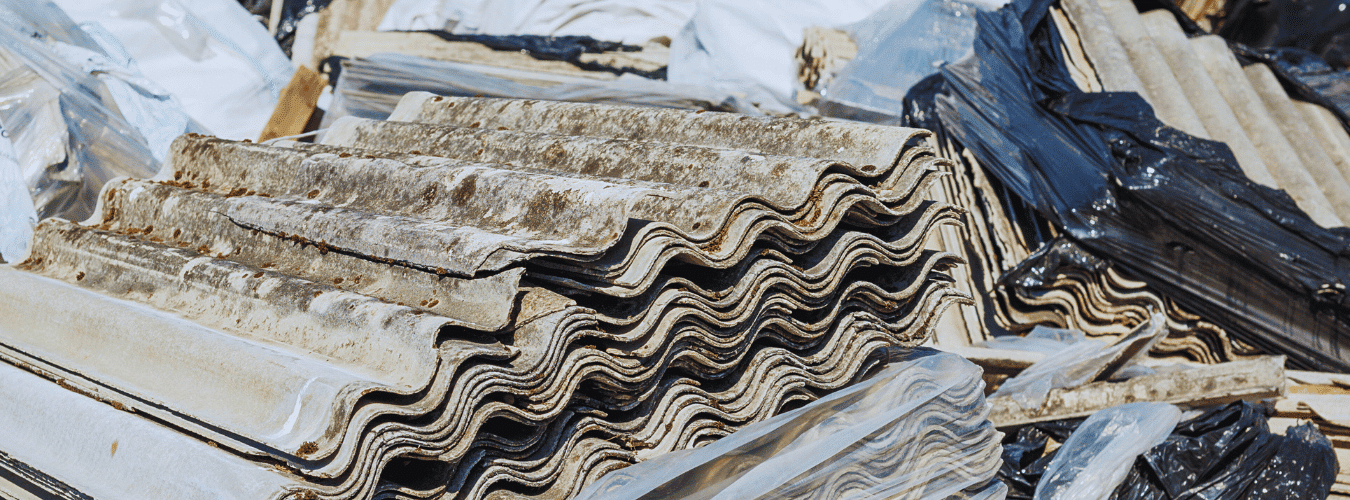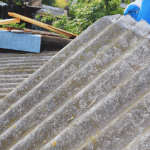How Long Does Asbestos Stay Airbourne Once It’s Disturbed?

How Long Does Asbestos Stay In The Air Once Disturbed
Here at asurveys we’re committed to constantly bringing you the most updated information and advice when it comes to health and safety, helping you stay vigilant and protect your business. So naturally when it comes to anything to do with asbestos it’s best to be overly cautious, should asbestos become disturbed if it can easily be released into the surrounding air and remain there until discovered and treated. From extensive research we know asbestos can remain in the air anywhere between 48 and 72 hours before it settles but you must keep in mind that the tiniest breeze can cause the fibers to re release and become airborne again and this can prove hazardous to humans and animals.
Why Is Asbestos Exposure Harmful?
So the long and short answer is asbestos isn’t safe and we cannot measure an amount in which it is harmful as there is no such thing as a safe level. The material has been banned in the UK for many years because of its hard earned reputation and toxicity to human and animal life. So it’s super important asbestos is managed correctly and safely should it be present in any working space or environment and even the smallest exposure to it can lead to harmful or even in some cases fatal diseases.
Can You See or Small Asbestos?
Asbestos fibers cannot be seen or smelt simply because the fibers are up to 10 times smaller in width than a human hair although they can be identified under a microscope.
Types of Asbestos and Its Risks
All together there are six different types of asbestos split into two families which are serpentine and amphibole. Remember there isn’t any type of asbestos that is safe although it’s not uncommon for some to pose more harm than others.
Getting An Asbestos Survey
If you’re in need of an asbestos survey, then simply get in touch with asurveys today. We offer a wide range of asbestos services, covering surveys, inspections, management plans, consultancy and much more. No matter what your requirements might be, we can help.
CHRYSOTILE – This is the most common type of asbestos and was commonly used in many things such as brake pads, gaskets, cement and insulation. Exposure to chrysotile can often result in mesothelioma, a cancer of the lung with low rates of survival.
ACTINOLITE – One of the most extremely rarer asbestos and was one of the less common asbestos used before it was banned completely but has previously been linked to mesothelioma with those who have been in contact with it.
AMOSITE – This is commonly referred to as brown asbestos in the industry and is the second most common. Used in things such as cement sheets and plumbing insulation and presents as a high risk cancer component and can be linked to lung cancer, asbestos and mesothelioma.
ANTHOPHYllITE – This asbestos was never actually sold commercially and presents itself in a grey or brown colour form and was commonly found in vermiculite or talc (powder) it also presents a low risk or mesothelioma compared to other asbestos.
CROCIDOLITE – Commonly known as blue asbestos in the industry and is the most dangerous of all it is made up from minuscule fibres that build up and become lodged in the lungs if inhaled. If a person comes into contact with this type of asbestos there is a high risk of cancer.
TREMOLITE – Known as one of the more minor forms of asbestos most commonly used in roofing and plumbing as well as sealants and paints. Contact with this does increase the risk of asbestos, lung cancer and mesothelioma.
How Far Can Asbestos Travel If It’s Disturbed?
We mentioned previously in the blog that asbestos can stay airborne for up to a few days so giving a straightforward answer for how far fibres can travel can be difficult.
Getting An Asbestos Survey
If you’re in need of an asbestos survey, then simply get in touch with asurveys today. We offer a wide range of asbestos services, covering surveys, inspections, management plans, consultancy and much more. No matter what your requirements might be, we can help.





